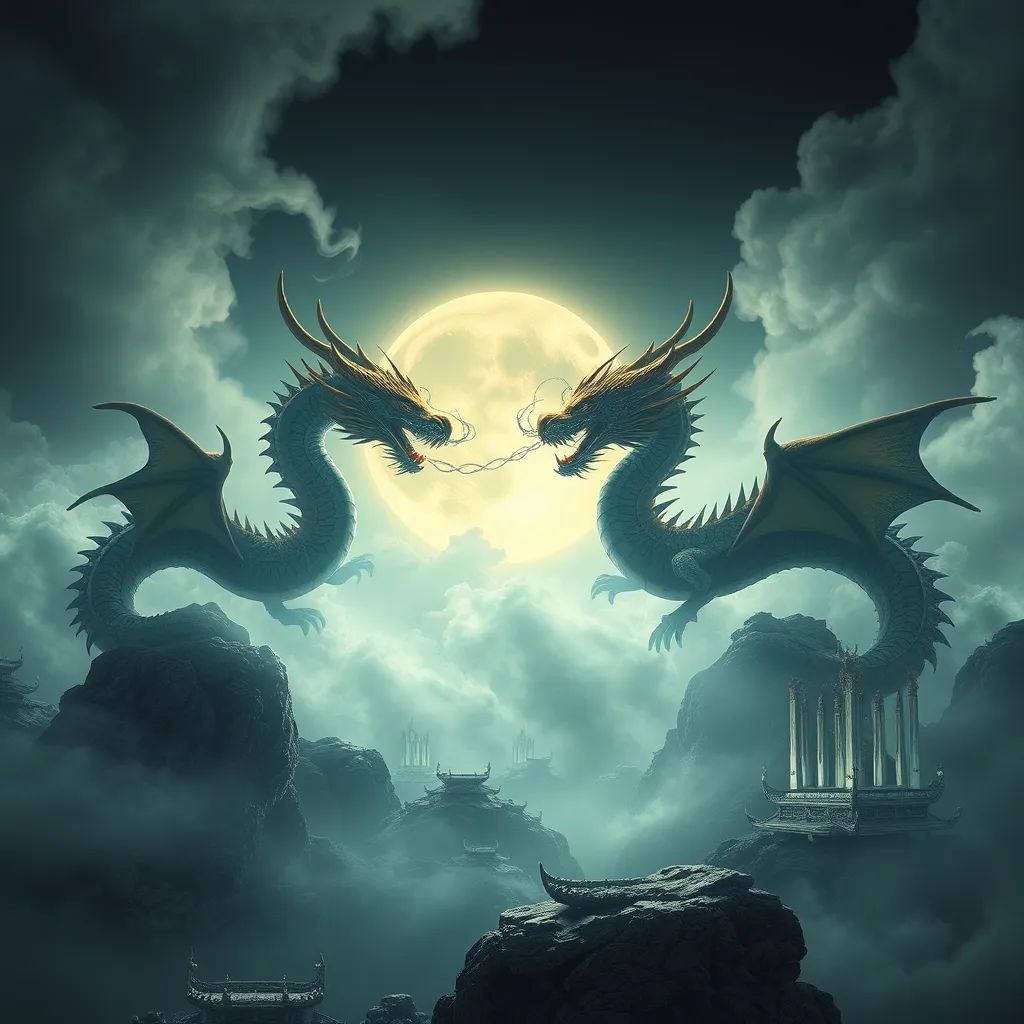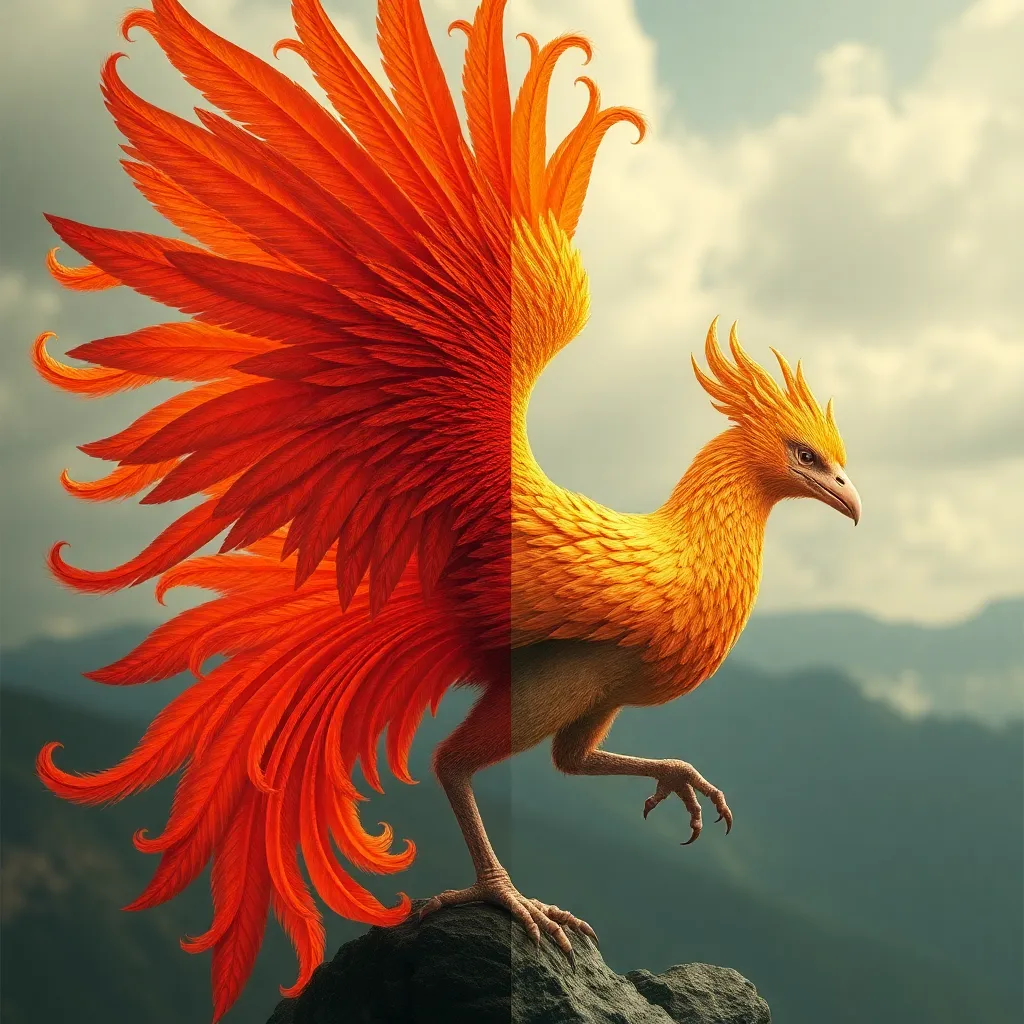Dragons of the East: Exploring Naga Lore in Southeast Asia
I. Introduction
The Naga, a mythical serpent-like creature, holds a significant place in the cultural tapestry of Southeast Asia. With its roots deeply embedded in the folklore and spiritual beliefs of various communities, the Naga symbolizes both power and protection. This article delves into the rich lore surrounding the Naga, exploring its historical origins, cultural significance, regional variations, festivals, artistic representations, and contemporary interpretations.
II. Historical Origins of Naga Mythology
The mythology of the Naga can be traced back to ancient texts and scriptures that reference serpentine beings. These ancient narratives often depict Nagas as guardians of water and fertility, embodying a dual nature of both benevolence and ferocity.
A. Ancient texts and scriptures referencing Nagas
In Hindu and Buddhist texts, Nagas are frequently mentioned as divine beings associated with water bodies. For instance, the Mahabharata and the Puranas recount tales of Nagas, illustrating their importance in ancient Indian mythology. As these texts spread across the region, they influenced local beliefs and practices.
B. Influence of Indian mythology and Buddhism on Naga stories
Indian mythology introduced the Naga to Southeast Asia, where it began to intertwine with local traditions. With the arrival of Buddhism, the Naga became associated with spiritual concepts, often depicted as protectors of the Buddha and his teachings.
C. Adaptation and evolution of Naga lore across Southeast Asia
As the Naga myth traveled through cultures, it adapted to various regional contexts, leading to diverse interpretations and representations. From powerful deities to humble guardians, the Naga lore evolved, reflecting the values and beliefs of different societies.
III. Cultural Significance of Nagas
The Naga is more than just a mythical figure; it embodies essential cultural values and practices across Southeast Asia.
A. Naga as symbols of power and protection
- Nagas are often revered as protectors of the land and its people.
- They are invoked in rituals to ensure safety and prosperity.
B. Role of Nagas in agriculture and water management
In agrarian societies, Nagas are believed to control water sources, making them vital for agriculture. Communities often conduct rituals to honor Nagas, ensuring good harvests and favorable weather conditions.
C. Naga as guardians of the underworld and spiritual realms
Nagas are also seen as custodians of the underworld, bridging the earthly and spiritual realms. This dual role enhances their significance in various religious practices, where they are invoked for blessings and protection.
IV. Regional Variations in Naga Depictions
The depiction of Nagas varies significantly across Southeast Asia, influenced by local cultures and traditions.
A. Naga stories in Thailand and Laos
In Thailand, Nagas are prominent in many Buddhist temples and are often depicted as protectors of the Buddha. In Laos, the Naga is celebrated in folklore and is believed to reside in the Mekong River.
B. Naga representations in Myanmar and Cambodia
In Myanmar, the Naga is often associated with royalty and is depicted in royal insignia. Cambodian culture reveres the Naga as a symbol of water and fertility, prominently featured in the architecture of Angkor Wat.
C. Distinct characteristics of Nagas in Indonesia and Malaysia
In Indonesia, Nagas are often linked to volcanic activity and are seen as guardians of the mountains. Malaysian folklore presents them as protectors of rivers and lakes, integral to local myths and legends.
V. Naga Festivals and Rituals
Naga-related festivals and rituals play a crucial role in celebrating and honoring these mythical beings.
A. Overview of significant Naga-related festivals
- In Thailand, the Naga Fireball Festival attracts thousands of visitors each year.
- Laos celebrates the Boun Awk Phansa festival, honoring the Naga as a symbol of abundance.
B. Traditional rituals and ceremonies honoring Nagas
Communities often engage in rituals such as offerings and prayers at sacred water sites, seeking the blessings of the Naga for good fortune and prosperity.
C. The role of community participation in Naga celebrations
These festivals foster community spirit, encouraging participation and collaboration among locals, reinforcing cultural bonds, and preserving traditions.
VI. Artistic Representations of Nagas
The artistic depiction of Nagas is a vibrant expression of cultural identity across Southeast Asia.
A. Naga motifs in architecture, sculpture, and painting
Nagas are commonly found in temple architecture and sculptures, often adorning stairways and entrances as guardians. Their representation in traditional paintings also serves to narrate their mythological stories.
B. Influence of Naga depictions on modern Southeast Asian art
Contemporary artists draw inspiration from Naga lore, integrating traditional motifs into modern art forms, thus bridging the past and the present.
C. Preservation of traditional art forms showcasing Nagas
Efforts are ongoing to preserve traditional art forms that highlight Naga representations, ensuring that this cultural heritage remains vibrant for future generations.
VII. Contemporary Interpretations and Relevance
In modern society, the Naga continues to inspire and resonate with people, reflecting its enduring legacy.
A. Naga in popular culture and media
The Naga has found its way into films, literature, and art, showcasing its significance in contemporary storytelling and cultural discourse.
B. The revival of Naga lore in modern societies
There is a growing interest in reviving Naga lore, with communities celebrating their cultural heritage and passing down stories to younger generations.
C. Environmental and ecological connections to Naga mythology
Naga mythology often emphasizes the importance of water and nature, reminding modern societies of the need to protect their natural resources and maintain ecological balance.
VIII. Conclusion
The Naga is a powerful symbol in Southeast Asia, embodying cultural values, spiritual beliefs, and historical narratives. Its lore continues to evolve, reflecting the dynamic traditions of the region. Preserving the cultural heritage related to Nagas is crucial for maintaining the identity of communities and fostering appreciation for their rich history. As we explore and celebrate Naga mythology, we contribute to the ongoing legacy of these magnificent beings in the cultural landscape of Southeast Asia.



